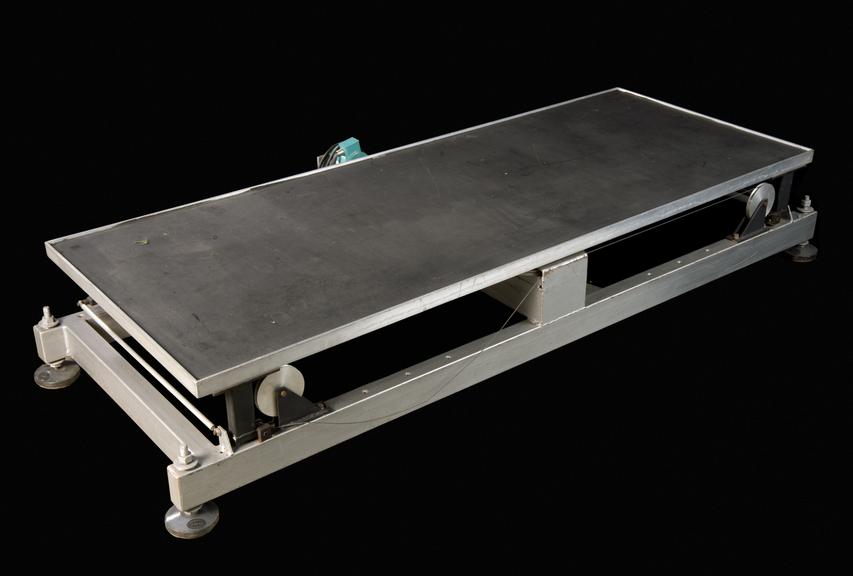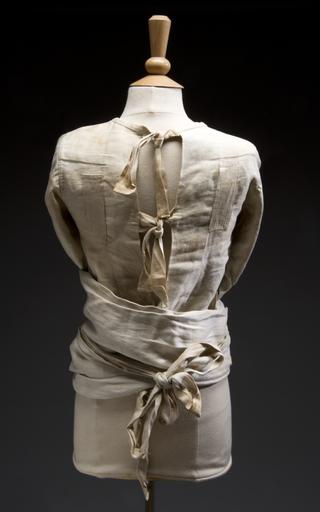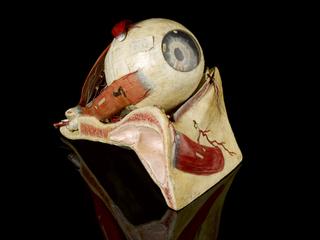

Experimental bed for continuous weight measurement during psychic experiments. Used by Professor J.B. Hasted of the Physics Department at Birkbeck College in his research on human levitation. He set out to prove their reality using orthodox instruments of physics, aware that this would tarnish his scientific reputation. He hoped his work would contribute to a new interpretation of quantum theory and to a softening of the positions of hard-line skeptics and hard-line parapsychologists.
Human levitation is the ability to raise one’s own body unaided off the floor. It is a phenomenon many dismiss as a magic trick. Professor J. B. Hasted of the Physics Department at Birkbeck College used this apparatus to research human levitation. Hasted was an accomplished physicist, who accepted the reality of psychic phenomena such as levitation and metal-bending based on personal experience. He wanted to prove their reality using orthodox instruments of physics even if it meant tarnishing his scientific reputation. He hoped his work would contribute to a new interpretation of quantum theory. He also wanted hard-line sceptics and hard-line parapsychologists to soften their positions.
Hasted's levitation research was built on the ideas of writer Arthur Koestler and previous attempts to measure weight changes during human levitation. Earlier work used a weighing machine that did not give a continuous readout. The bed, constructed by an engineer in Hasted's lab, used a rubber mattress fitted with various pressure and temperature sensors. This gave a continuous electrical trace of the downward pressure exerted by the subject's body. It adapted the balistocardiograph, an instrument invented around the 1930s to measure minute heart-rate and blood-pressure changes in a subject lying on a bed. Hasted recorded changes in his subject’s mass of up to 200 grams. He attributed this to the subject’s state of mind.
Details
- Category:
- Psychology, Psychiatry & Anthropometry
- Object Number:
- 1986-1502
- Measurements:
-
overall: 370 mm x 2050 mm x 1000 mm,
- type:
- bed
- credit:
- Birkbeck College, Dept. of Physics




